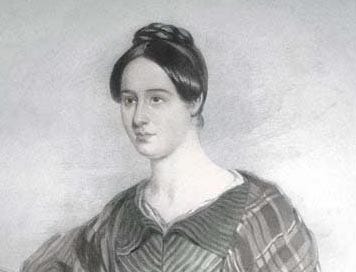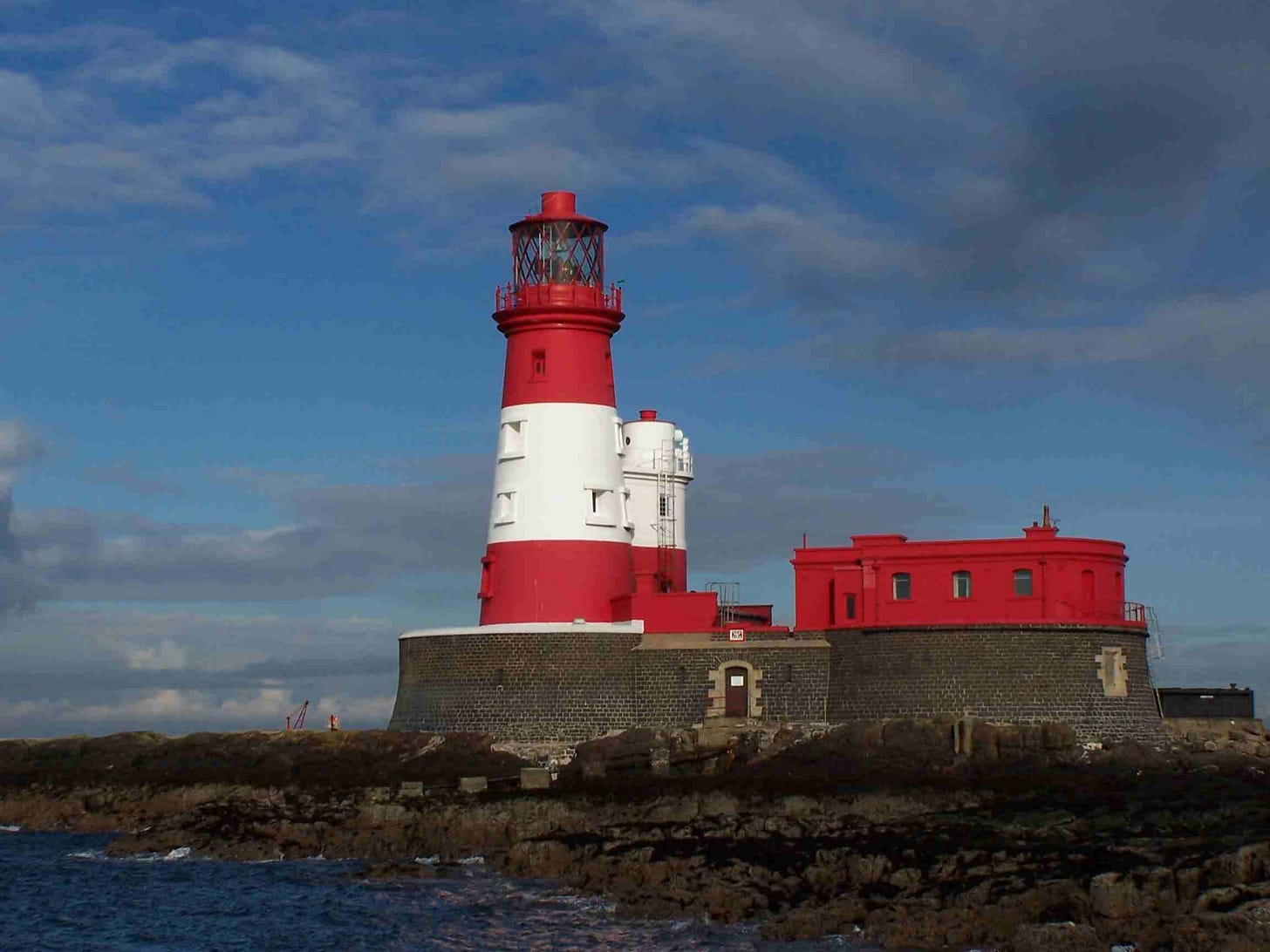Spirit of Place: Grace Darling, English Hero, Whose Brave Deed Ushered in the Victorian Age
She "nobly saved the crew" and showed English girls that they too could be heroes.
Until I married into an English family some years ago, I had never heard of Grace Darling. Being an American, I grew up with an entirely different assortment of heroes and heroines. They did not include the fabled young lady from the Farne Islands, off Britain’s wind-tossed Northumberland coast.
I was set right by my niece, Tessa, who grew up in Newcastle. When Tessa young, she went through a Grace Darling phase, as do many English girls.
And during a trip to Northumberland, I was able to fill this gap in my knowledge of English lore.
The facts are these: Grace Darling lived in the lighthouse on Longstone Island, one of the Farnes. with her mother and her father, who was the lighthouse keeper. On the morning of September 7, 1838, the steamship Forfarshire, carrying about 60 passengers and crew, ran into the rocks of nearby Big Harcar Island during a violent storm and broke in two.
Nearly everyone drowned. But when Grace looked out her bedroom window she saw nine people alive on the rocks. Grace and her father launched their small boat and rowed through the treacherous waves to Big Harcar. While Grace held the oars steady, her father helped five of the survivors aboard, and they took them back to Longstone. Grace’s father rowed back with the help of two of the men to fetch the remaining survivors.
The story of Grace Darling’s deed (her father’s heroism took second billing) spread quickly throughout England. “Is there in the whole field of history,” cried The Times of London, “one instance of female heroism to compare for one moment with this?”
A song was composed in Grace’s honor, William Wordsworth wrote a poem about her (not one of his best), and Queen Victoria sent a reward of 50 pounds. Her legend was greatly enhanced when, four years later, at the age o 26, she died of tuberculosis.
Jessica Mitford, in her wonderfully wry book “Grace Had an English Heart,” points out that Victoria had just assumed the throne the year before Grace’s heroic deed, and suggests that the virtuous Grace “was the right girl in the right place at the right time to usher in the Victorian Age.”
The huge basalt headlands that jut into the often violent North Sea, and which provide the moody perch for many of the famed castles of Northumberland, are intrusions of the great shelf of volcanic rock called the Whin Sill. The Whin Sill runs about 80 miles across the north of England. Just before disappearing under the waves, it gives rise to the Farne Islands. They vary in number between 15 and 28, depending on the height of the tide and who is counting.
As we headed out to sea in an old fishing boat for the two-hour tour of the islands, the cormorants and shags floated above us. We approached Longstone Island, and our captain circled slowly, giving us a good view of the red and white striped Longstone Lighthouse, whose beacon first shone in 1826. The island is little more than a broad shelf of flat rock. As the tide rose almost to the base of the lighthouse itself, I began to appreciate the courage needed to launch a boat under any circumstances, let alone during a storm.
Following the course taken by Grace and her father, our boat chugged around the Blue Caps and Little Harcar islands to the jagged rocks at the edge of Big Harcar, where the survivors from the Forfarshire had huddled.
Back on land, I visited the Grace Darling National Memorial Museum in Bamburgh, the town where Grace was born and where she died. This modest building is just across the road from her burial place, in the cemetery of St. Aidan’s Church. A few steps from the grave, on a rise overlooking the sea and visible to passing ships, is the Grace Darling Memorial, a stone sculpture of the heroine lying under an ornate canopy.
In the museum, seemingly every existent shred of Grace’s life has been gathered: Her schoolgirl copy book, her mother’s tea set, the cape she wore during the rescue, plates and silverware recovered from the wrecked ship. The walls are covered with portraits of Grace, some of which, quite fancifully, depict her alone at the oars, her face resolute and her hair flying as the sea crashes around her.
It was all a bit much, although I must admit—as I rounded a corner and suddenly beheld, behind a glass enclosure, the very rowboat in which Grace had performed her deed, the long oars laid reverently over the wooden seats—that the sight was enough to melt all but the most cynical heart.
Among the displays at the Grace Darling Museum was a collection of the many books that have been written about her, including Jessica Mitford’s contribution to this literature. I later purchased a copy at the combination gift shop and post office on nearby Holy Island. The postmaster informed me that the book had been somewhat “controversial” among local folk, and I asked why. He explained shyly that the book delved into Grace’s “sex life and that sort of thing.”
When I finally sat down and read it, I found that Mitford had indeed discussed Grace’s sex life—namely, the lack of it.
As I returned home from this visit, I discovered that I, too, was going through a Grace Darling phase. For days, to the astonishment of my English wife, I would talk of little else. Even today I can sometimes be heard singing the Grace Darling Song:
“Go, tell the world over,
What English pluck can do,
And sing of grave Grace Darling,
Who nobly saved the crew.”
Note: This piece is adapted from a story I published in the International Herald Tribune in 1993. Coming up on “Words for the Wise”: “Is Racism Good for White People?” and “On Setting Oneself on Fire.”







